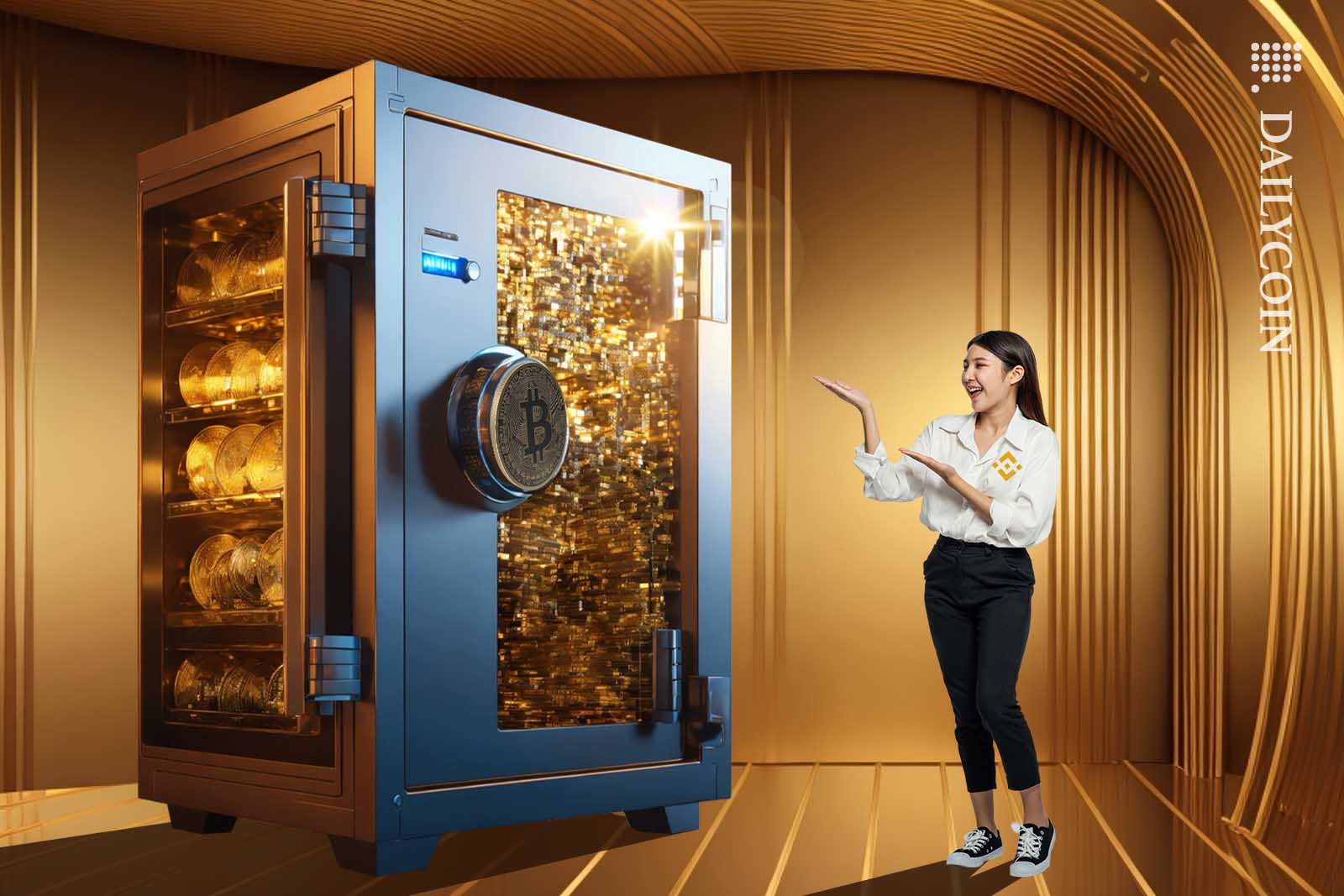
- Mazars analyzed Binance’s reserves, showing 103,79% collateralization.
- The reporting followed the FTX collapse.
- Users are increasingly weary of centralized exchanges.
As crypto users become more weary of centralized actors, exchanges are taking steps to be transparent. Most recently, Binance has published a report highlighting its reserves.
The report, aiming to assure users that their funds are safe, shows that Binance has over 100% collateralization of its Bitcoin and other crypto reserves.
Binance Publishes Mazars’ Proof of Reserves
On Monday, January 8, Binance released a snapshot of its reserves, divided by major cryptos. According to the report conducted by Mazars on January 1, 00:00 UTC, Binance’s Bitcoin holdings were overcollateralized at 103,79%. This means that, at that exact time, Binance held more Bitcoin in reserve than was needed to cover its total platform liabilities.
Sponsored
The report showed the breakdown of all of Binance’s reserves for major cryptos. In addition to Bitcoin, this includes Ethereum, Tether, USDC, and more. All show that Binance holds tokens in excess of their liabilities.

For instance, Ethereum and Binance Coin are overcollateralized with ratios of 106.56% and 106.04% respectively. Tether and Binance USD are significantly overcollateralized at 123.20% and 167.91%, respectively. Additionally, Binance maintains a healthy reserve status in USD Coin, Litecoin, Ripple, and more.
Why Users Don’t Trust Centralized Exchanges
Since the collapse of FTX, a significant centralized cryptocurrency exchange, the trust in similar platforms has been severely shaken. The incident heightened concerns among users about the safety of their assets.
Sponsored
In response, exchanges like Binance have been compelled to take decisive actions to rebuild trust. One such measure is implementing proof of reserves and showcasing the backing of user assets.
On the Flipside
- It is crucial to note that the assessment by Mazars is not classified as an official audit. This means the analysis does not encompass a full-scale audit typically conducted for financial institutions.
- There is an ongoing debate about the transparency and reliability of proof of reserve audits.
Why This Matters
The significance of Binance’s proof of reserves extends beyond mere numbers. For users, it’s about more than just knowing their assets are safe; it’s about confidence in the entire system that manages their investments.
Read more about questions surrounding proof of reserve audits:
Post-Binance Reality: Is Proof of Reserves Idea Compromised?
Read more about Twitter’s scam bots running rampant:
Why Twitter’s Crypto Scam Spam Is a Problematic Failure
